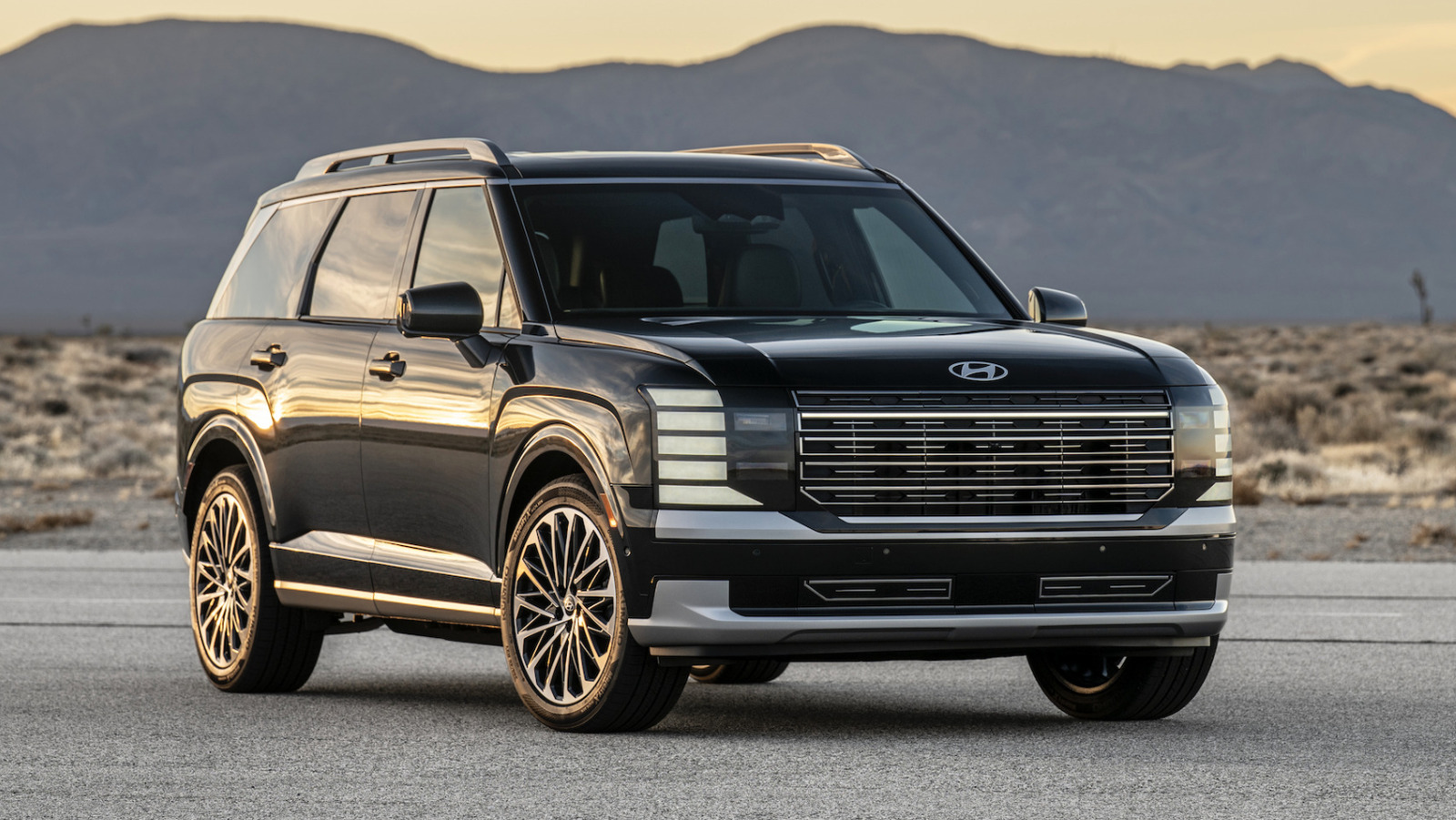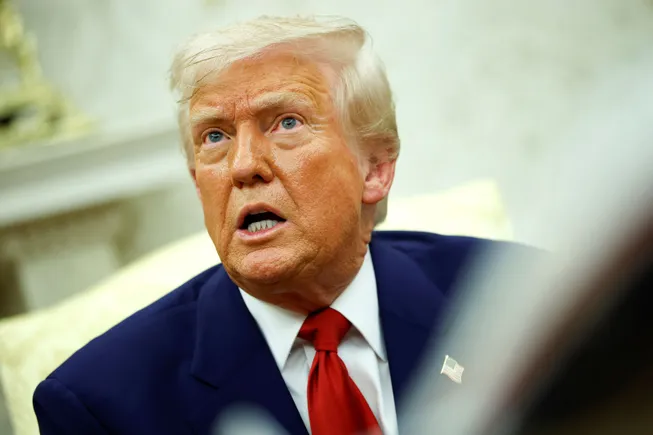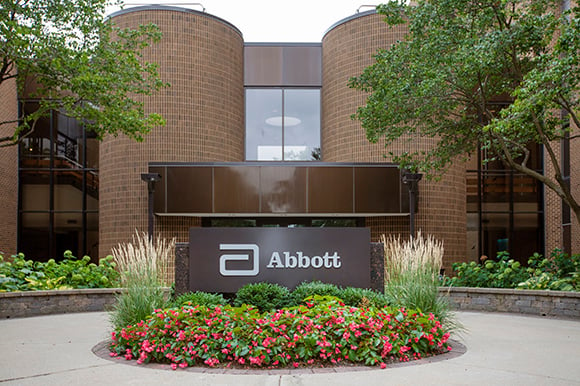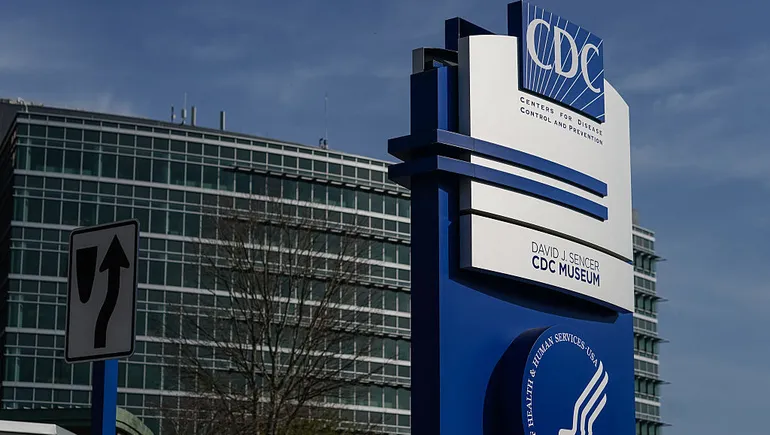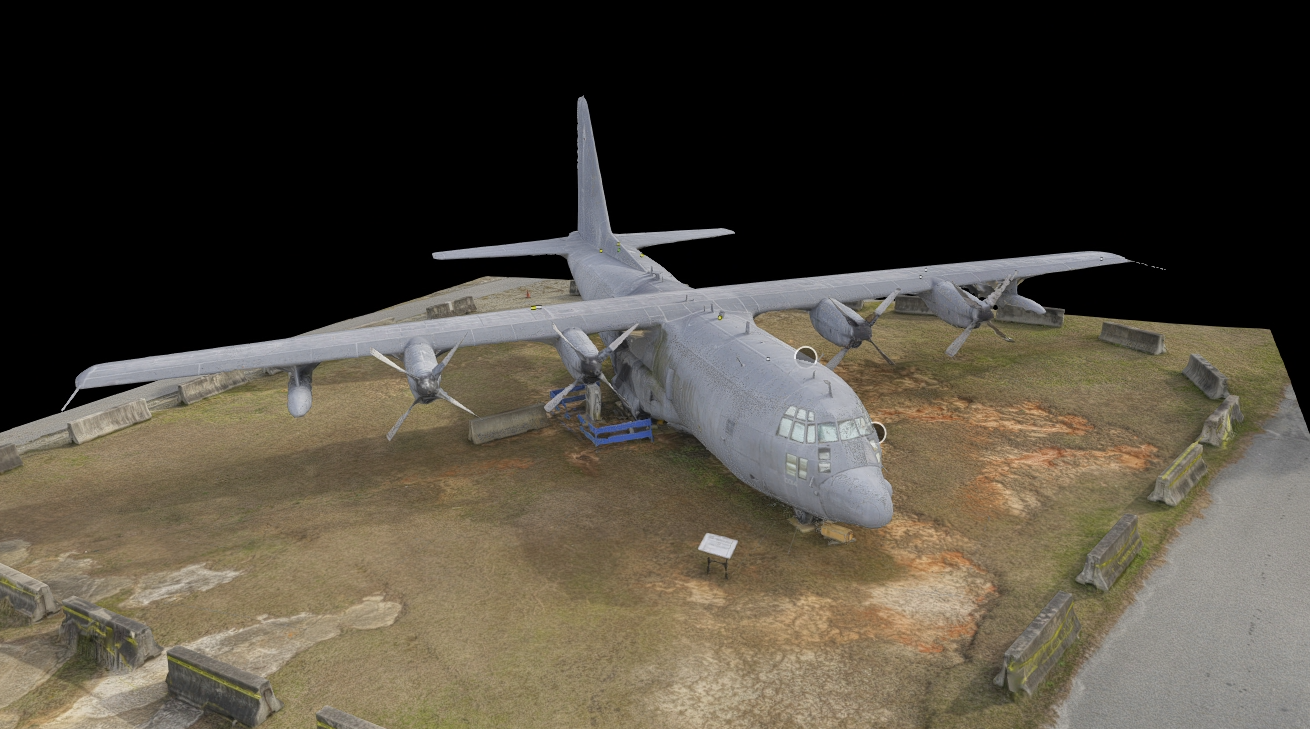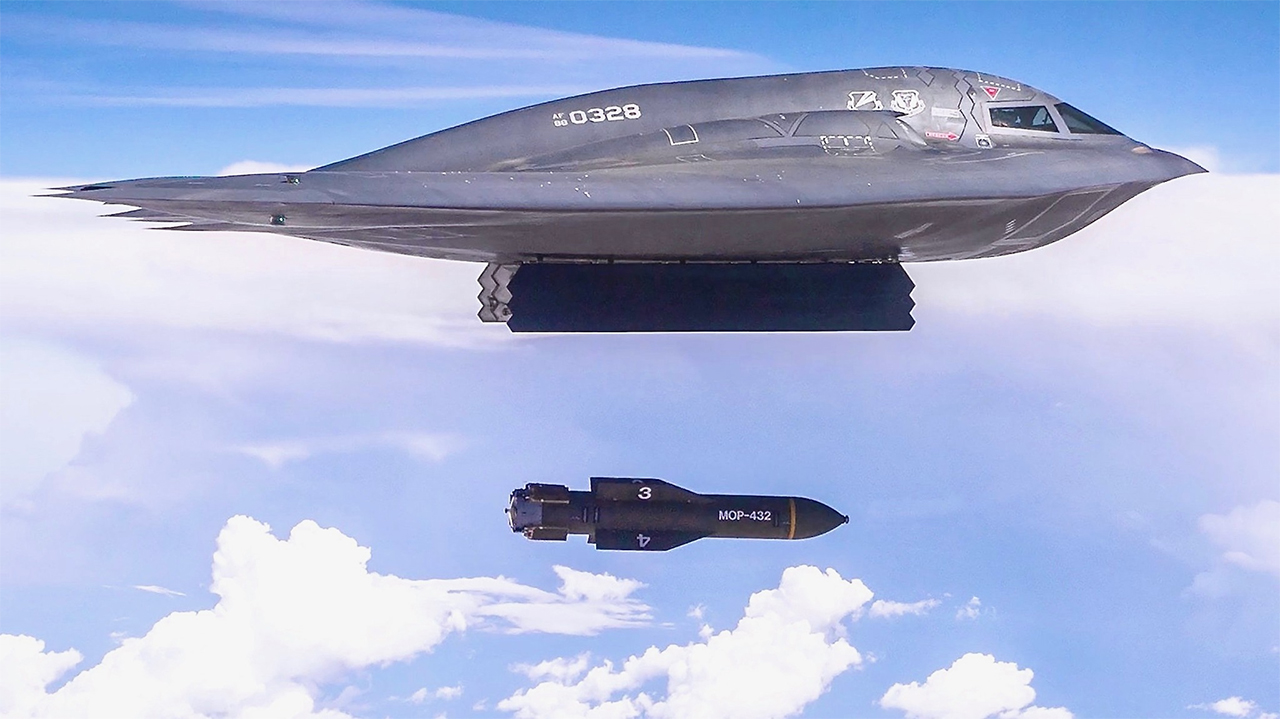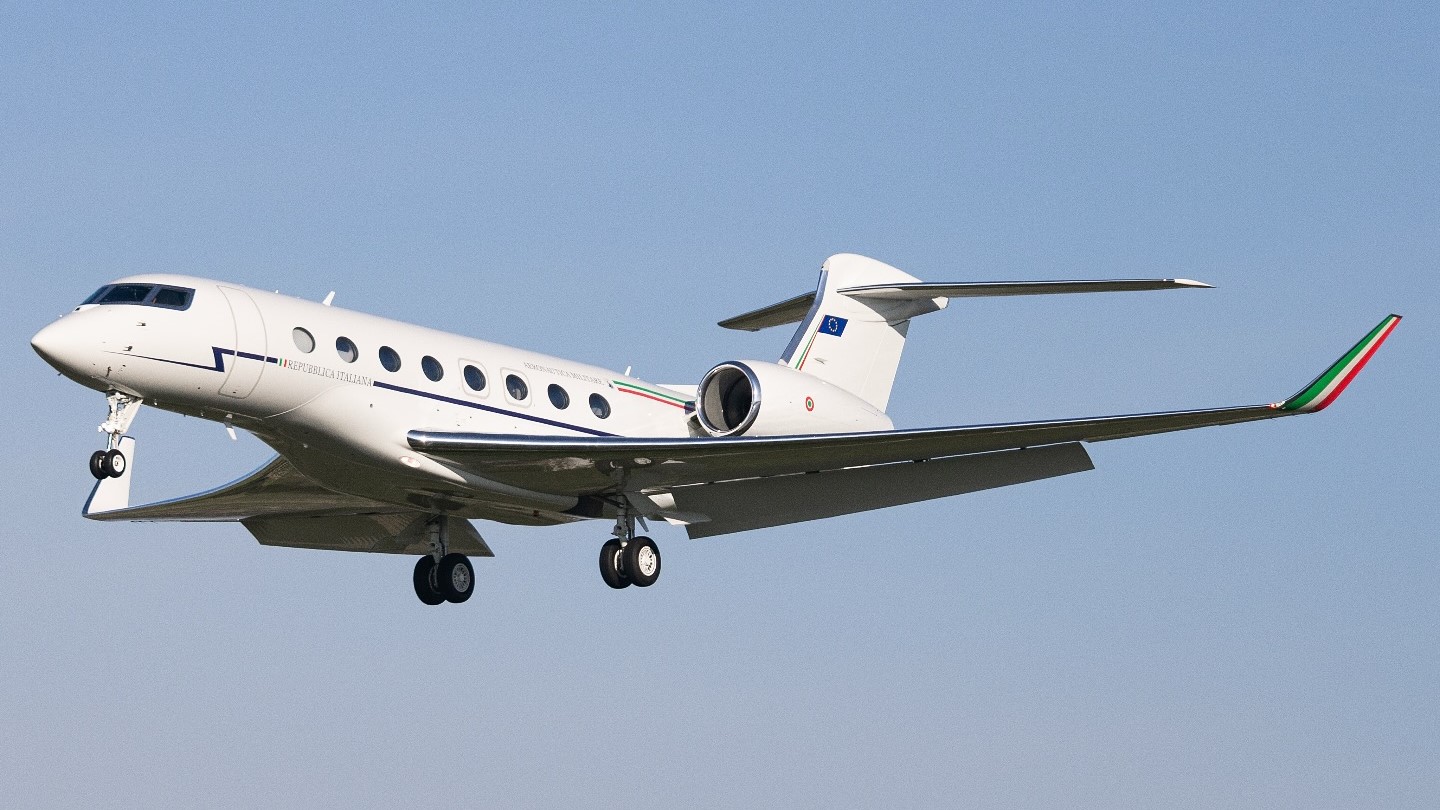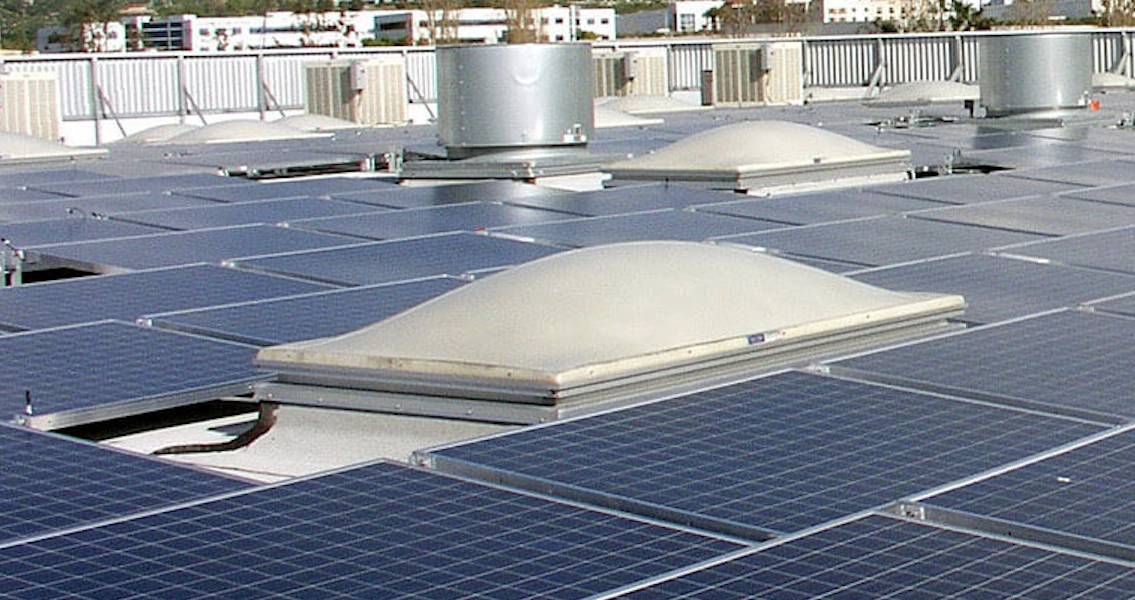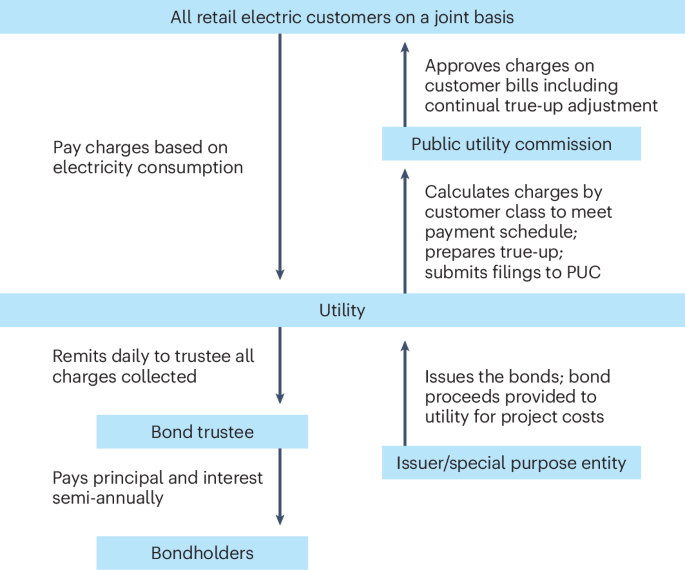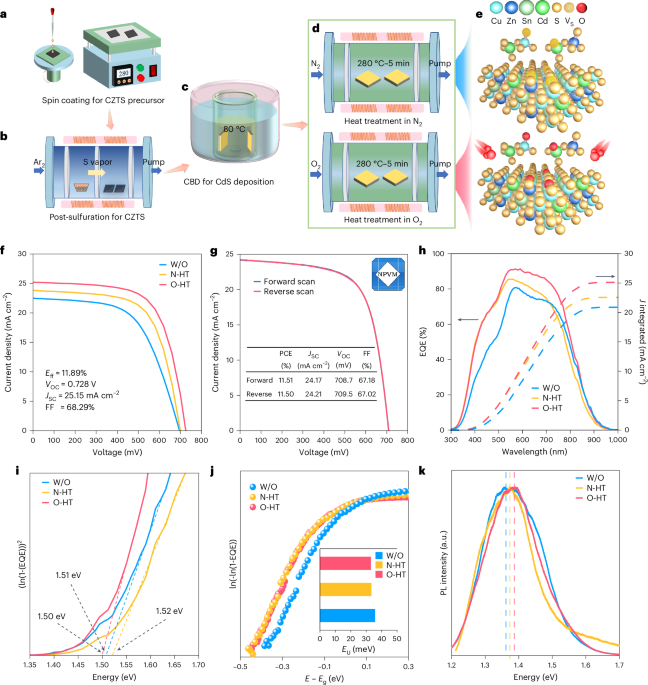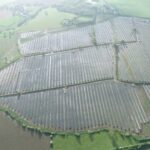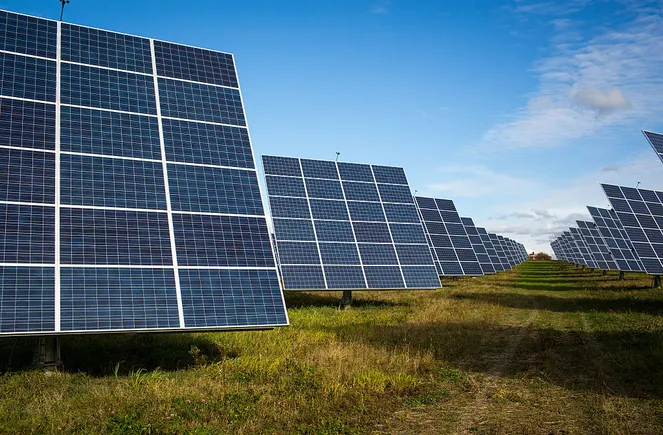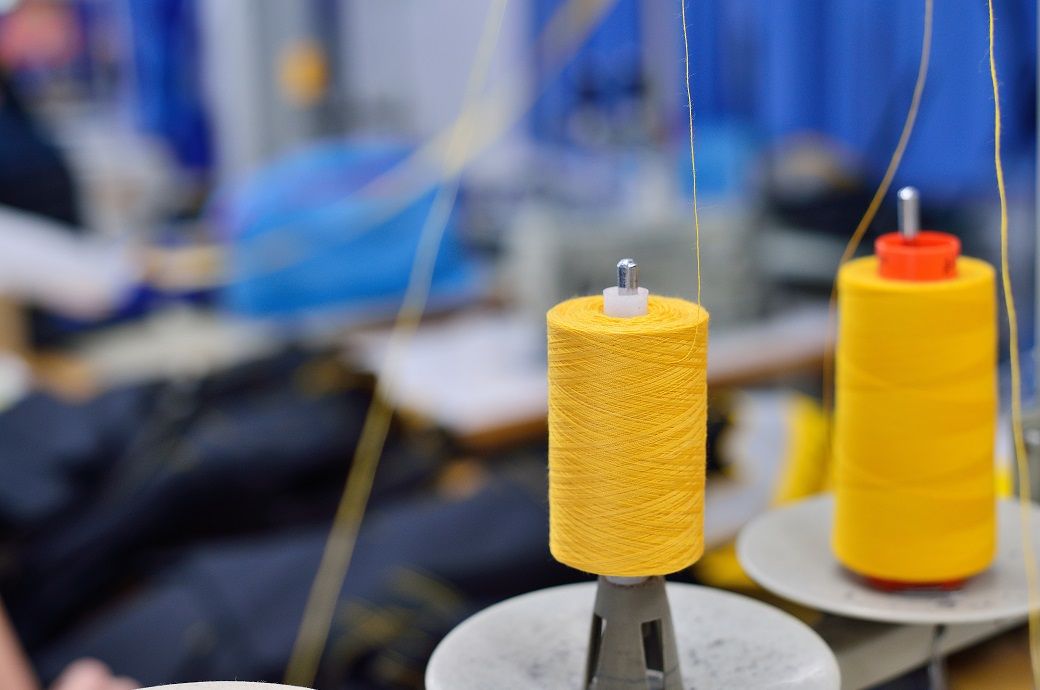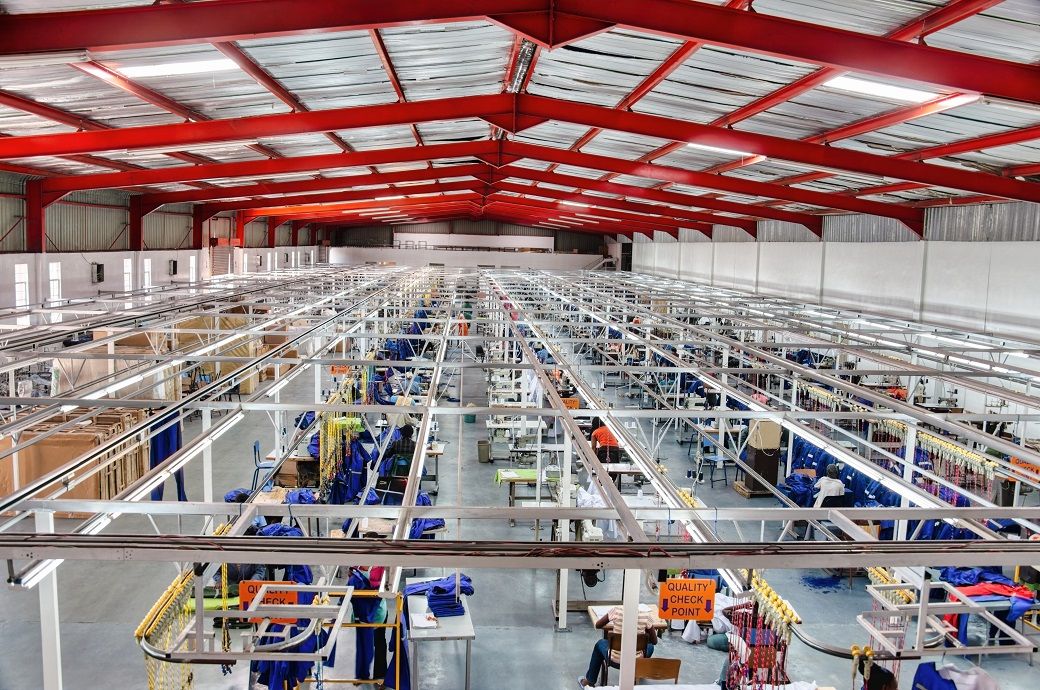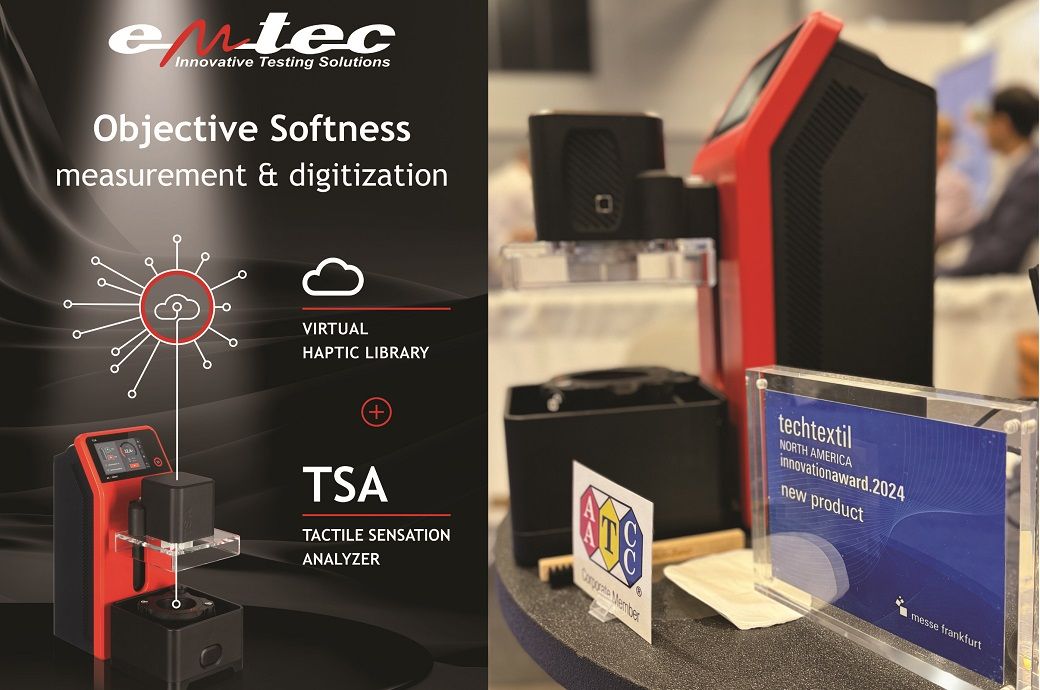Cell‐Free Biomimetic Tracheal Graft via Hybrid 3D Printing for Enhanced Tracheal Reconstruction
Advanced Healthcare Materials, EarlyView.

A biomimetic tracheal graft (BTG) through a hybrid process of 3D printing and electrospinning is developed. BTG is composed of a 3D-printed flexible tracheal frame, nanofibers for mucosal reconstruction, and microfibers to promote blood vessel formation. The graft leads to the formation of epithelial, vascular, and connective tissues without tracheal obstruction.
Abstract
When the trachea is excessively damaged because of diseases, accidents, or surgery, it is difficult to achieve both mucosal reconstruction and structural stability using current technologies. Here, a biomimetic tracheal graft (BTG) is developed through a hybrid process of 3D printing and electrospinning using polycaprolactone (PCL)polymer. First, a flexible PCL tracheal frame with a high rotation angle is prepared using 3D printing. Second, PCL nanofibers for mucosal reconstruction are placed inside the lumen, and PCL microfibers are placed on the outside of the frame to promote blood vessel formation. Air–liquid interface cultures of human bronchial epithelial cells on the nanofibers demonstrated the generation of epithelium, goblet cells, and ciliated cells after 14 days. Chondrocyte cultures and co-cultures of chondrocytes and human umbilical vein endothelial cells confirmed higher cell attachment and survival on the BTG than on the conventional tracheal graft (CTG). In a rabbit tracheal defect model, transplantation of the BTG and CTG revealed smooth cell infiltration and proliferation in the BTG, leading to the formation of epithelial, vascular, and connective tissues after 8 weeks without tracheal obstruction. These results demonstrate that the transplantation of cell-free biomimetic grafts alone is effective for reconstructing damaged tracheal tissue.































